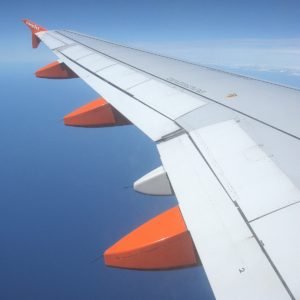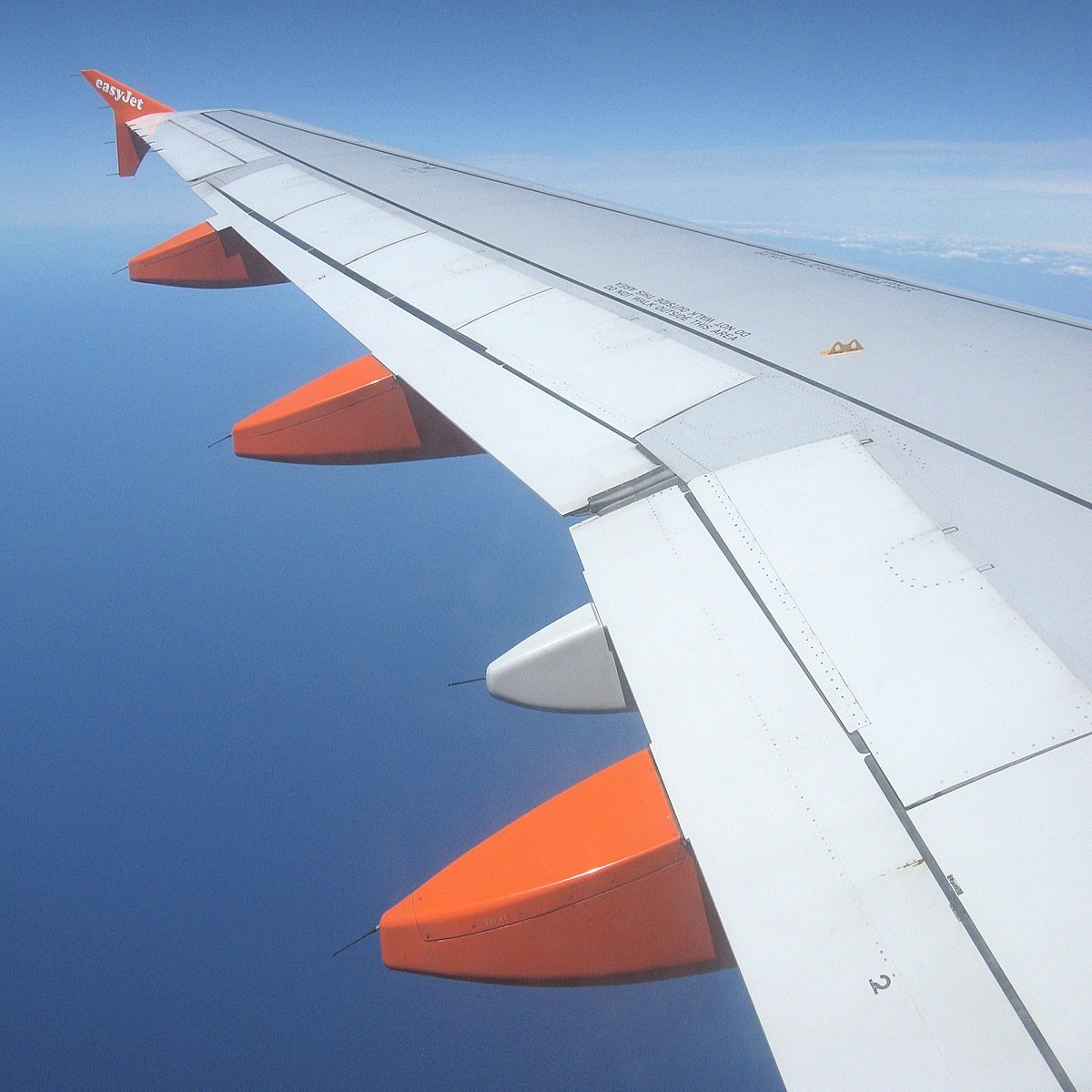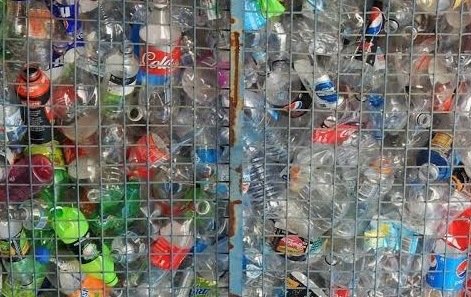THE AEROSPACE INDUSTRY LOVES TO USE PLASTIC MATERIAL
We will well aware that, How plastic is played a magnificent role in 2017 regions. Not only household applications but also many more daily life using product categories. Especially in this article, we will discuss how the aerospace industry loves to use plastics to make an airplane, helicopter, and military jets. Also, we will find out which material is used and where it has been using.
AEROSPACE:
Aerospace is the human effort in science, engineering, and business to fly in the atmosphere of Earth (aeronautics) and surrounding space (astronautics). Aerospace organizations research, design, manufacture, operate, or maintain aircraft and/or spacecraft. Aerospace activity is very diverse, with a multitude of commercial, industrial and military applications.

WHY OR WHERE PLASTICS HAS BEEN USED:
In the airline manufacturing industry, a balance between reducing weight and ensuring aircraft durability is necessary. Plastics has been essential in creating durable, yet lightweight, industrial plastic materials to help modern aircraft stay efficient and effective while still ensuring a quality light experience for crew and passengers alike. Plastics and thermoplastics especially are uniquely suited for many applications on aircraft due to both their lightweight nature and their durability.
Plastics have several advantages when compared to the metal alloys traditionally employed in the aerospace industry:
1) They are lightweight. Some plastic components can be as much as ten times lighter than their metal counterparts. For each pound of weight reduced on a plane, $1,000 is saved in fuel over the life of the airplane.
2) Plastics can generally be fabricated economically.
3) They are not prone to corrosion. Many plastics do well in very chemically harsh environments.
4) Transparent plastics are more impact resistance than glass, which increases safety.
Although plastic materials were developed in the late 1800s and put into widespread use in the 1930s, it was not until World War II that plastic components were initially installed in airplanes. Due to the war-time shortage of many industrial materials, engineers first looked to plastics to replace rubber components in planes. One of the first applications for aerospace plastic components was as a lining for fuel tanks. Eventually, high-performance plastics were developed. Many are used today in all parts of planes, helicopters & war jets.
Some common plastics and their potential applications are discussed below:
Acrylonitrile Butadiene Styrene (ABS)
One place in which plastics play a key role in the development and manufacturing of modern aircraft is in the overhead luggage storage compartment. These compartments require durable materials because they are subjected to quite a bit of strain in normal use. Yet, they also need to be lightweight, because their presence does not add to the aerodynamics or operation of the aircraft. Plastics like Acrylonitrile Butadiene Styrene (ABS) are excellent materials for these bins.

This ABS thermoplastics are mostly used in interior design parts, due to its high mechanical strength, durability, lightweight, cost-effective, easy installation and boldness for customer’s eyes. It reduces weight and increases fuel efficiency.
Polyetheretherketone (PEEK)
Polyetheretherketone is a semi-crystalline organic polymer. It exhibits superior mechanical performance and thermal properties, including creep resistance and low flammability. PEEK can also withstand large doses of radiation. It has excellent hydrolysis resistance, meaning that it can be exposed to high-pressure water and steam without degrading. PEEK”s operating temperature goes up to 450 °F. The combination of properties and large temperature operating range make it a preferred product in the aerospace industry, especially in conditions where it may be exposed to low temperatures and atmospheric particles. Common applications include valve seats and pump gears.

Thermosetting Polyimide
One class of thermo-setting polyimide’s (PI) has excellent mechanical properties and high resistance to chemicals. With a higher ductility than ceramics and lower weight than metal alloys, it is a great choice for various structural applications in the aerospace industry. Examples of potential applications include electrical standoffs (spacers) and insulators for threaded nuts and other components.
Polyamide-imide (PAI)
PAI has a high mechanical strength which it retains up to 500 °F. PAI is resistant to radiation and most chemicals at room temperature is flame retardant, and doesn’t give off smoke when burning. Due to all these properties, PAI is often used as a substitute for many metal components in the aerospace industry. Due to these properties, it has been using an electrical/electronic connector or many more applications in the aerospace industry.
Polychlorotrifluoroethylene (PCTFE)
PCTFE is a fluorochemical plastic with an optimal blend of physical properties, mechanical properties, fire and chemical resistance, and very low moisture absorption. It also has great electrical properties and a wide range of temperature application from -400 °F to +400 °F. These properties make PCTFE great material for components that are used outside or in corrosive environments. Mainly it has been using in wings of airplane or jets.

Polytetrafluoroethylene (PTFE)
PTFE, or Teflon, is a fluorocarbon polymer. It is an electrical insulator, has low flammability, high tear resistance, and retains its properties in aerospace conditions. PTFE makes a great material for insulating the myriad wires and cables in an aircraft.
Benefits at a Glance:
- Weight savings of up to 60 % compared to aluminum reduce energy consumptions ˌ
- Plastics can be processed well than other materials ˌ
- Greater freedom in component design results in reduced production and installation costs ˌ
- Good chemical resistance.
- Inherent flame-resistance.
- High-performance plastics meet the requirements of UL 94 -V0 and fire behavior standards in accordance with FAR 25.853.
- Fire behavior with regard to smoke gas density, smoke gas toxicity, heat release.
- High specific strength due to fiber-reinforced plastics ˌ
- Convincing gliding properties with outstanding dry-running characteristics and freedom from maintenance in the application.
- Low outgassing in a vacuum.
- Good radiation resistance.
Conclusion:
In today’s economy, the high cost of fuel and the push for lower ticket prices drive airlines to purchase aircraft that are as light as possible. With their light weight and resistance to high temperatures and corrosive materials, plastic materials are a great choice to replace components historically made of metal alloys or rubber. In the next decades, aircraft with plastic wings and tails are foreseeable.




